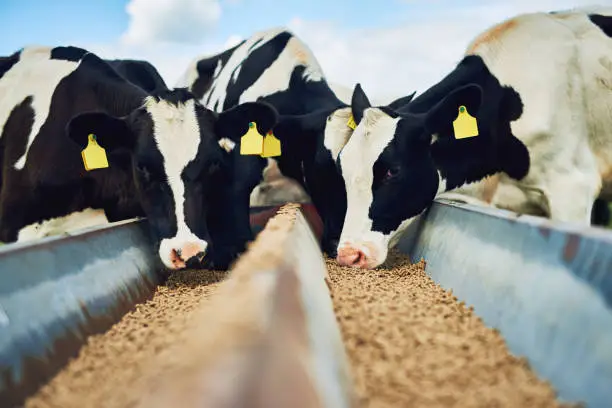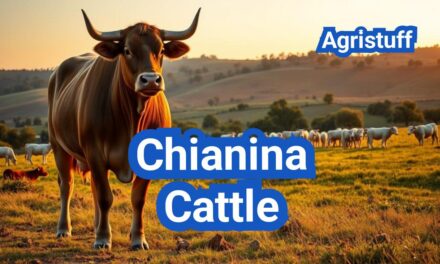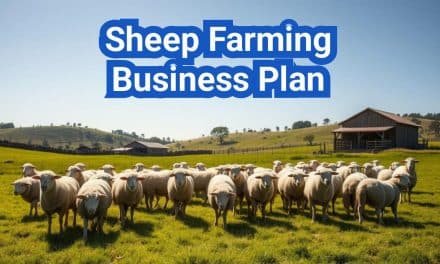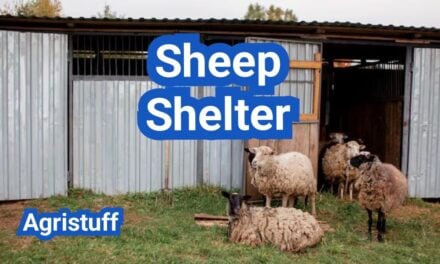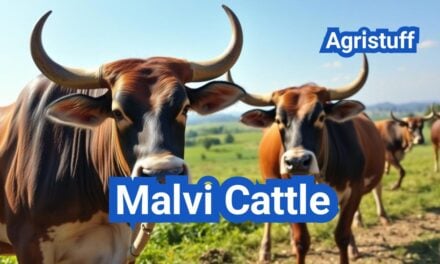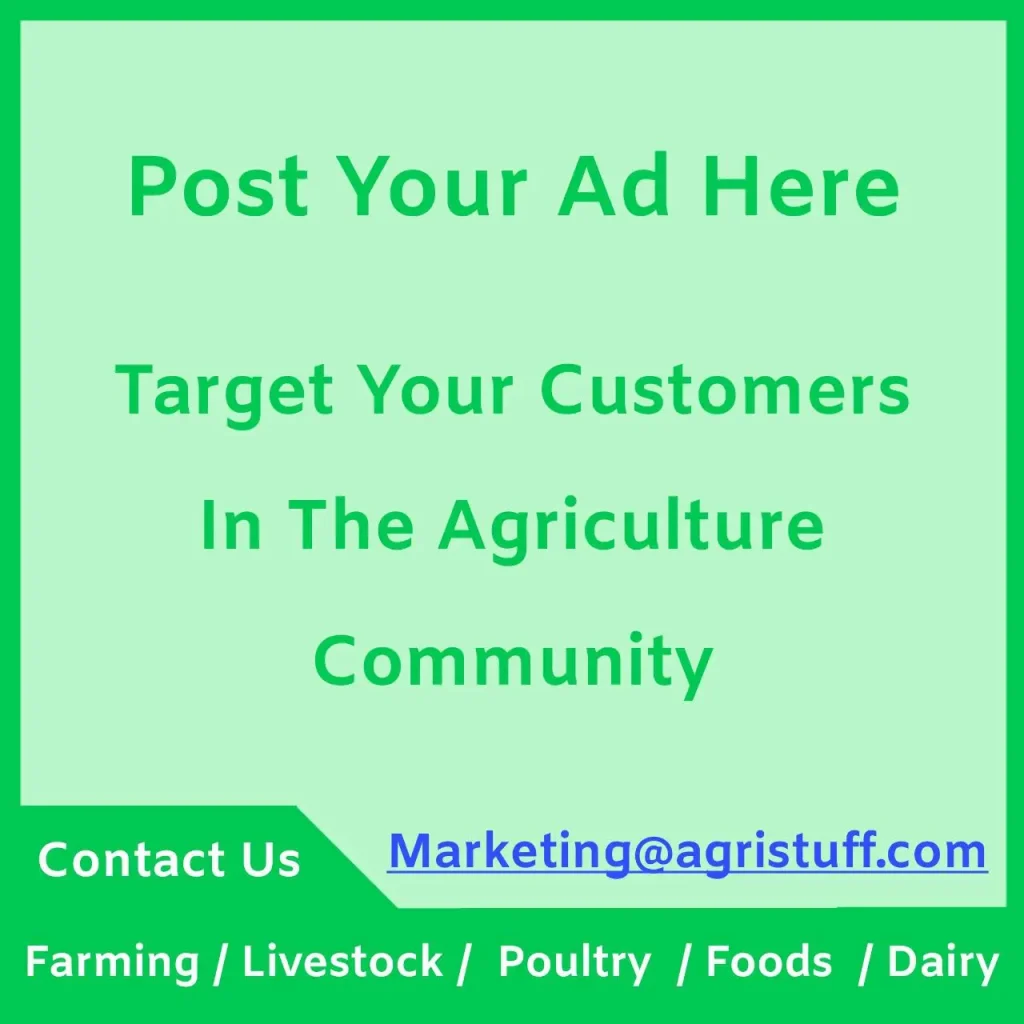In a world driven by technology and industrial growth, livestock farming remains a timeless and essential practice for human survival. This age-old tradition involves raising animals for food, fiber, and labor, playing a vital role in agriculture, dairy, and meat production. Its impact on global economies, food security, and environmental sustainability is profound. In this article, we’ll explore the definition, methods, breeds, and fascinating facts about livestock farming, shedding light on its significance in our lives.
Definition and Importance of Livestock Farming
Livestock farming, also known as animal husbandry, is the practice of raising animals to produce food, milk, eggs, wool, and other resources. This agricultural practice is not only crucial for feeding the world but also for supporting livelihoods, promoting environmental sustainability, and driving economic growth.
One of the most significant contributions of livestock farming is its role in food security. As the global population grows, so does the demand for protein-rich foods. Livestock farming provides essential nutrients like proteins, fats, and micronutrients that are often harder to obtain from plant-based sources alone. For example, dairy products are rich in high-quality proteins, vitamins, and minerals, while poultry and meat are excellent sources of energy and protein.
Beyond food production, livestock farming is a lifeline for millions of rural families, especially in developing countries. It provides income, employment, and a safety net during crop failures or natural disasters. According to the International Livestock Research Institute, around 600 million smallholder farmers rely on livestock for their livelihoods. In many cultures, livestock also symbolizes wealth and social status.
While livestock farming has been criticized for its environmental impact, such as greenhouse gas emissions and deforestation, it also plays a role in sustainable land management. Grazing animals can maintain grasslands unsuitable for crops, promote biodiversity, and support nutrient cycling. Additionally, livestock farming contributes significantly to agricultural GDP, boosts exports, and supplies raw materials for industries like leather and wool.
Modern advancements in livestock farming, such as precision farming and genomics, are improving efficiency, animal welfare, and environmental sustainability. These innovations are helping farmers raise healthier, more productive animals while reducing resource use.
In summary, livestock farming is a cornerstone of human civilization, supporting food systems, livelihoods, and economies. Its continued evolution is essential for a sustainable future.
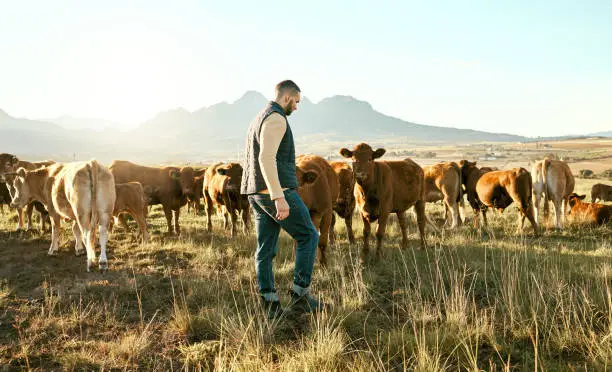
Methods of Livestock Farming
Livestock farming methods have evolved to balance food production with environmental sustainability and animal welfare. These methods range from traditional practices to modern, technology-driven approaches.
- Traditional Grazing: This method involves allowing animals to graze freely in open pastures. It supports natural animal behavior and promotes soil health and biodiversity. However, it can lead to overgrazing if not managed properly.
- Managed Intensive Rotational Grazing (MIRG): In this system, farmers rotate livestock between pastures to prevent overgrazing and soil degradation. This method improves forage growth and maintains ecosystem balance.
- Industrial Livestock Production (ILP): ILP involves high-density rearing of animals in controlled environments. While it maximizes meat and dairy production, it raises concerns about animal welfare and environmental impact.
- Precision Livestock Farming (PLF): PLF uses sensors, cameras, and other technologies to monitor animal health and behavior in real time. This approach reduces mortality rates and improves productivity.
- Agroforestry: Integrating trees and shrubs into pasturelands enhances biodiversity, provides natural shelter for animals, and improves soil health.
- Free-Range Poultry Farming: This method allows chickens to roam outdoors, improving animal welfare and producing higher-quality eggs and meat.
- Organic Farming: Organic livestock farming avoids synthetic inputs like pesticides and antibiotics, focusing on natural animal diets and welfare. It produces high-quality, nutrient-rich products.
Each method has its advantages and challenges, and the choice depends on factors like geography, climate, and economic goals. Balancing productivity with sustainability is key to the future of livestock farming.
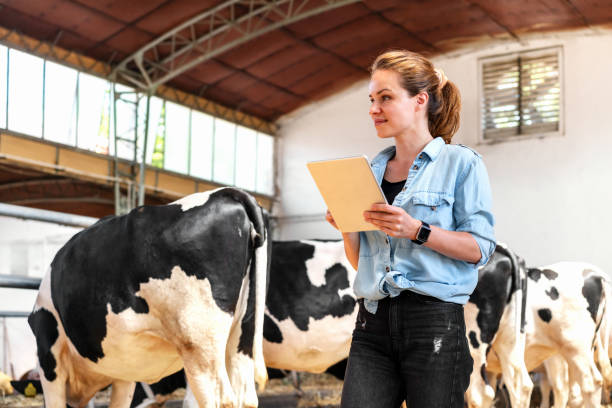
Diverse Breeds in Livestock Farming
The success of livestock farming often depends on selecting the right breeds for specific purposes. Different breeds are chosen based on their adaptability, productivity, and suitability to local conditions.
- Cattle: Holstein cows are famous for their high milk production, making them ideal for dairy farming. Angus cattle, known for their marbled meat, are preferred for beef production. Hereford cattle are valued for their adaptability to various climates.
- Sheep: Merino sheep are prized for their high-quality wool, while Dorset and Suffolk breeds are known for meat and lamb production.
- Pigs: Yorkshire pigs are popular for their large size and lean meat, while Duroc and Berkshire breeds are favored for their flavorful meat.
- Poultry: Rhode Island Red chickens are versatile, excelling in both meat and egg production. Leghorn chickens are top egg layers, and Plymouth Rock chickens are preferred for meat.
Choosing the right breed ensures higher productivity, better animal welfare, and greater economic returns.
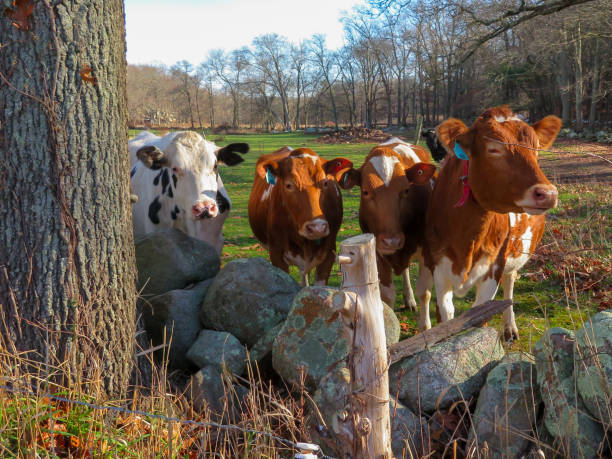
Fascinating Facts and Figures About Livestock Farming
Livestock farming is a dynamic industry with some surprising statistics:
- The global livestock population includes 28.4 billion chickens, 1.5 billion cattle, 1 billion pigs, and 1 billion sheep.
- Industrial livestock production accounts for 72% of poultry, 55% of pork, and 42% of beef globally.
- Precision livestock farming has reduced antibiotic use by up to 70%.
- Agroforestry practices can increase farm earnings by 30%.
- Free-range eggs contain more vitamins and less cholesterol than conventionally produced eggs.
- The organic beef market in the U.S. has grown by over 200% since 2012.
These facts highlight the industry’s complexity and its potential for innovation and sustainability.
Conclusion
Livestock farming is a vital industry that supports food security, livelihoods, and economies worldwide. From traditional grazing to modern precision farming, the methods and breeds used in this sector continue to evolve. By embracing sustainable practices and technological advancements, we can ensure that livestock farming remains a cornerstone of human civilization while protecting the planet.

